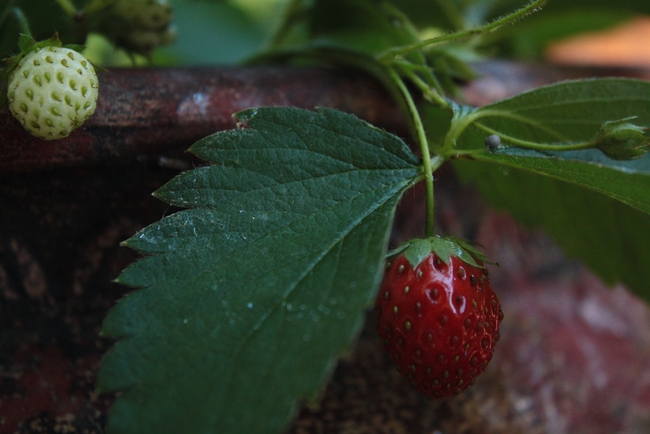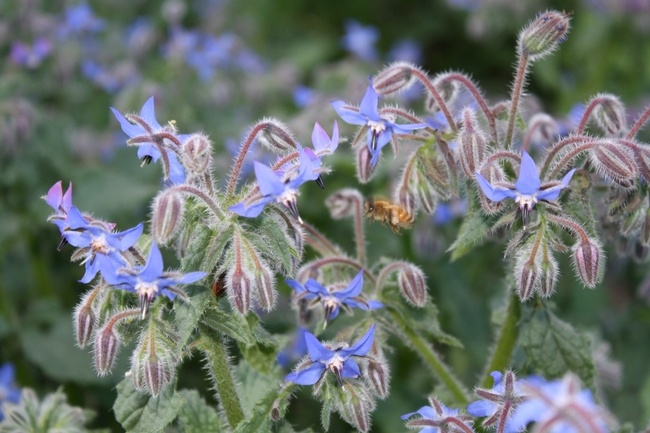Companion Planting
As the summer vegetable garden's bounty is harvested it is time to think about a second planting to keep things going and even begin to move towards cooler-season crops. According to Renee's Garden (gardening@reneesgarden.com) this is the perfect time to plant short season varieties. You can go to their website for planting information and even garden plans, but generally it is a good time to begin all the brassicas, lettuces and other salad greens, peas and several herbs. And it's a great time to think about companion planting.
A couple of months ago I was curious and did some research on companion planting and found that not only do some plants do better with certain others, but some are actually harmed (or at least hindered) by some others. I found, for instance, that you should never grow basil with sage. Oh. I had just planted a lovely couple of basil plants right next to my sage. And no herbs with the chard. Again, my little garden is a perfect example of what NOT to do. So here are a few things I learned and a couple of resources you might find interesting before you put in your next crops.
Do NOT plant any of the brassicas (cabbages, kale, kohlrabi, cauliflower) near tomatoes, beans, peppers, or strawberries. Likewise, do NOT plant potatoes near tomatoes or squashes; nor peas near onions, garlic, leeks or chives. Do plant your basil right next to your tomatoes. The basil actually improves the flavor of the tomatoes on the vine. Beets go well with lettuces, onions and the brassicas and are helped by catnip, garlic and mint.
If you find that your strawberries are being eaten by worms, try planting borage near them to strengthen their resistance to insects and disease. A border of thyme around those strawberries will also help deter the worms. Borage, in fact, along with loveage and geraniums, is a very good companion to almost everything including your cabbage.
Cilantro/coriander is good with spinach; sage will help repel moths from your cabbage crops and dill is a good companion to lettuce, cabbage and onions. But don't plant it near your tomatoes as it will attract the tomato hornworm.
Parsley sacrificially attracts insects that attack tomatoes. Tarragon's scent is disliked by most pests and is thought to have "nurse properties", enhancing the flavor of crops grown with it. Marigolds are a "wonder drug" in the garden, and FRENCH marigolds (Tagetes patula) produce from their roots a pesticidal chemical that will last in the soil years after the plants themselves are gone. Nasturtiums attract aphids so they will leave your other plants alone and the nasturtium petals and young leaves are great in a salad.
There is a wealth of information out there on companion planting and you can find information on just what you intend to plant. Below are some sources that I found helpful with one caveat: sometimes I found conflicting information in different sources. As always, gardening can be an adventure--but a beautiful and tasty one!
Resources
http://ucanr.edu (Search: Companion Planting)
http://www.organicgardening.com
wikipedia.org/wiki/List_of_companion_plants

A strawberry dangles from a pot. (photos by Jennifer Baumbach)

Bee visiting borage.

